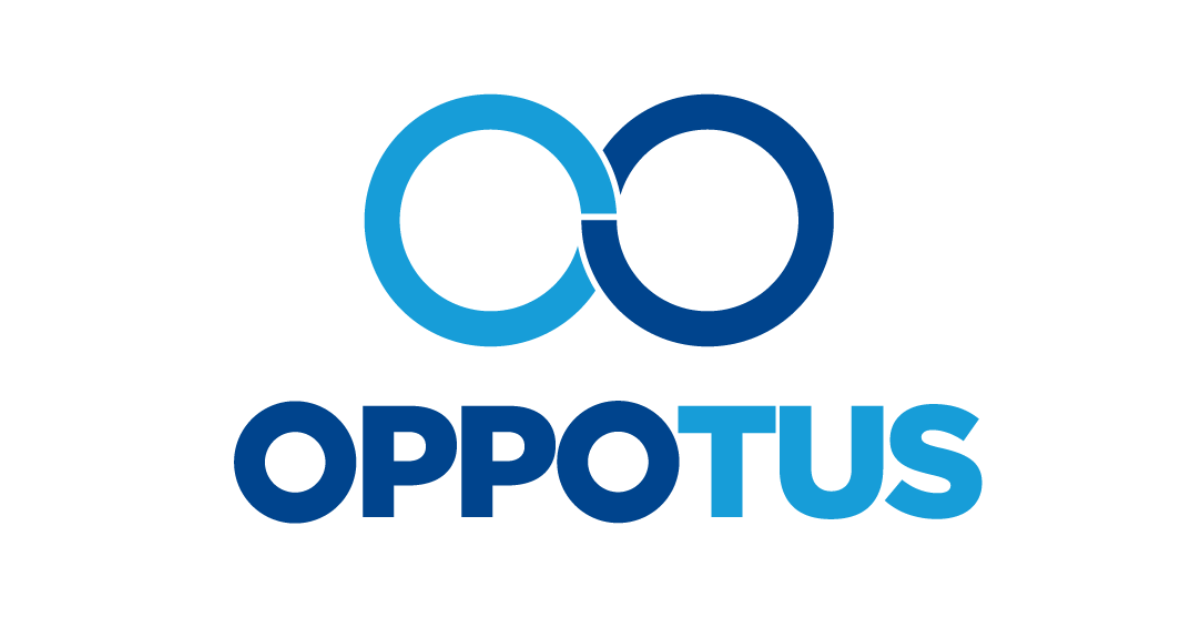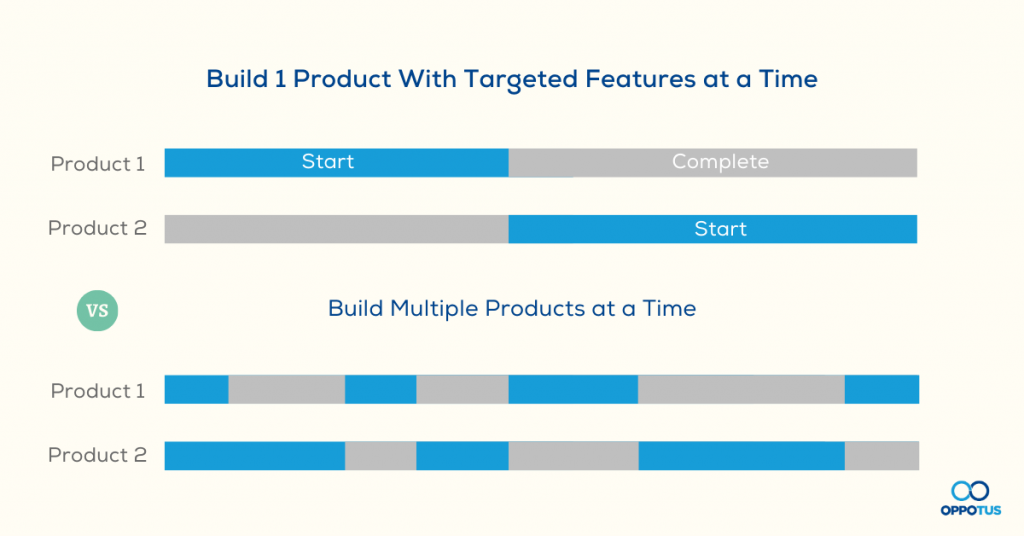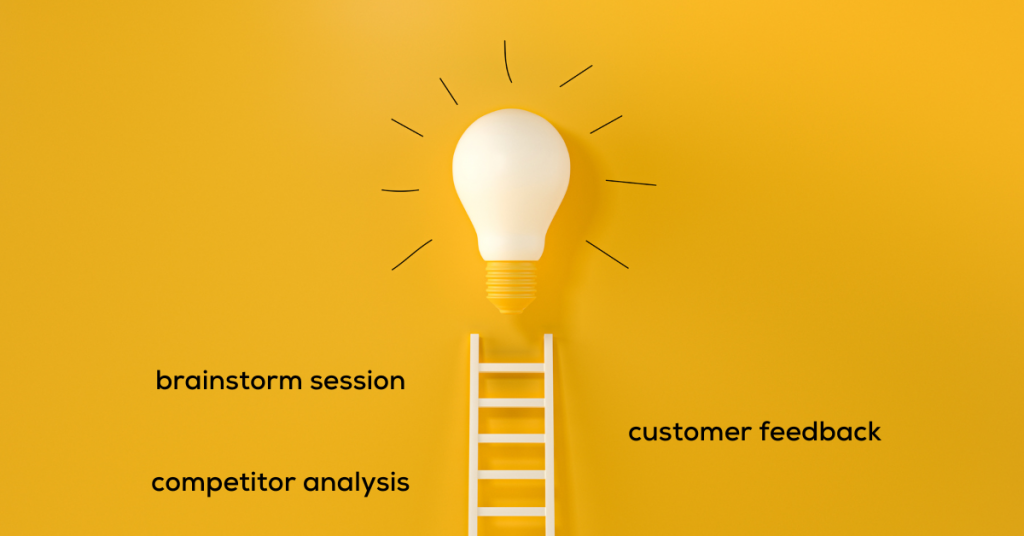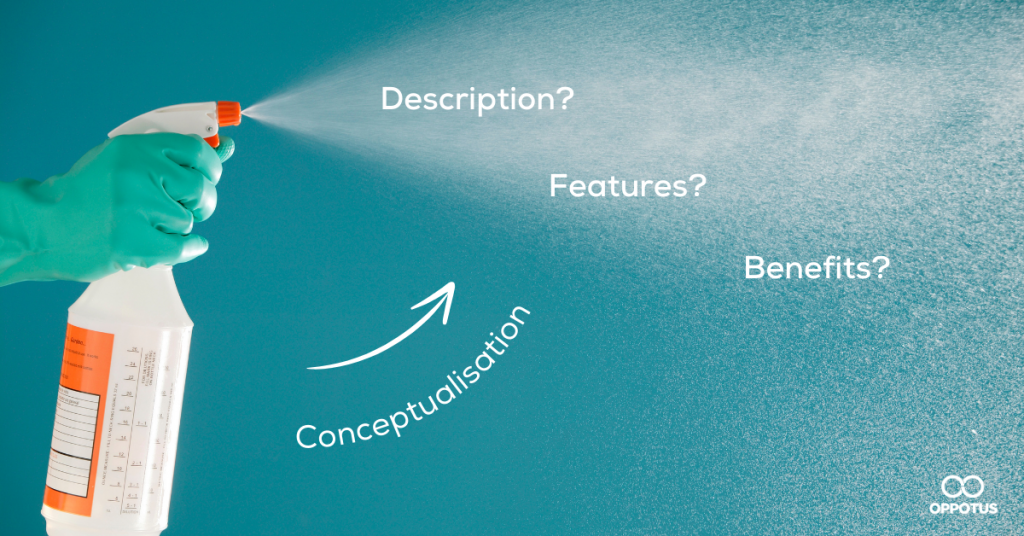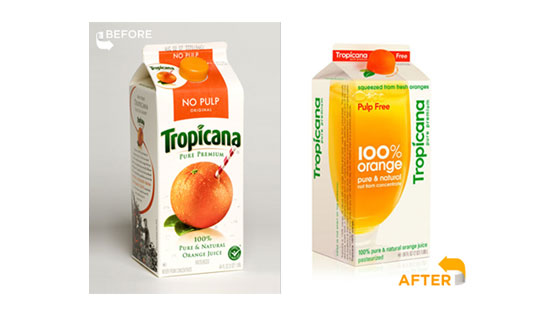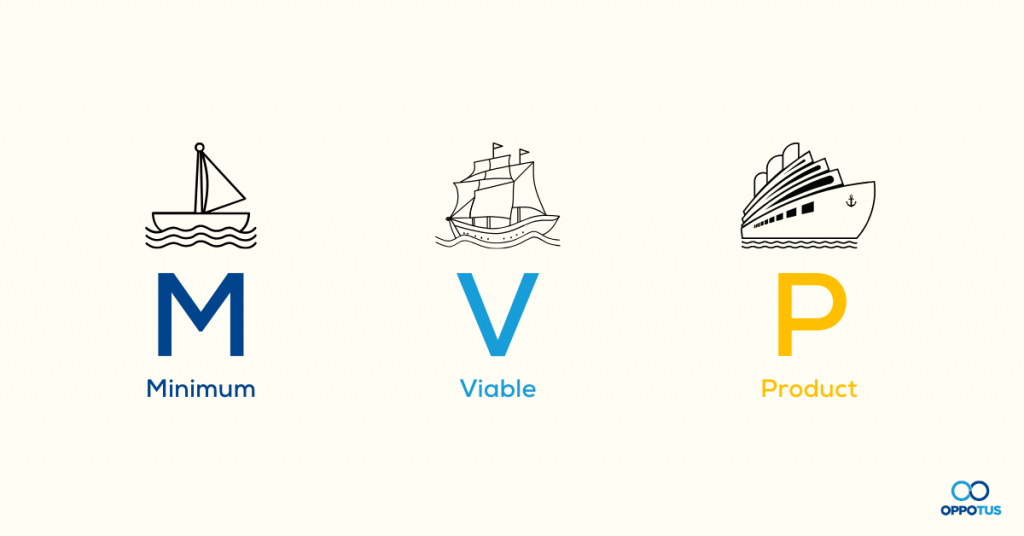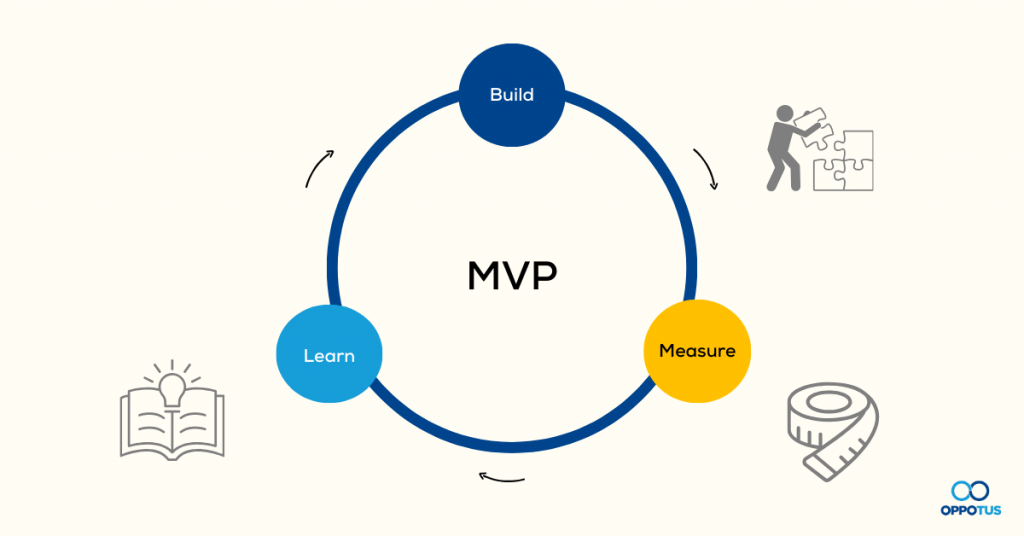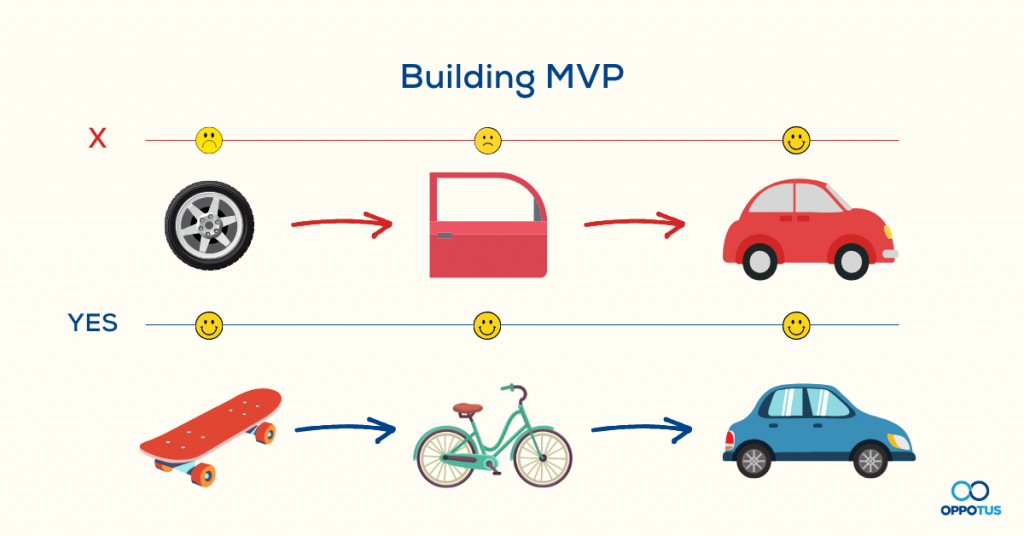Besides thorough investigation and development of user personas, it is also important to consider strategic product positioning to craft a strategic and effective marketing plan.
Strategic product positioning involves shaping how your service or product is promoted in a competitive market, focusing on the distinct features of your service or product and the benefits it can bring to your customers.
The main purpose here is for your company to take matters into its own hands by determining how your service or product will be perceived by potential customers who are viewing your service or product in comparison with the competitors available. By clarifying how your product meets customer needs or solves specific problems, you can craft a compelling brand narrative that differentiates your brand from your competitors.
You can look into how Apple leveraged strategic product positioning with the iPhone over time. When Apple first launched the iPhone, the brand highlighted the unique features of the device that made it stand out from others on the market, such as its proprietary user-friendly interface, seamless integration with other Apple products, and premium build quality. The way Apple positioned the product was to promote it as more than just a phone – it occupied the position of becoming a lifestyle product which over time became synonymous with innovation, quality, and affluence. This targeted messaging aligned with the brand’s reputation for being at the forefront of technology and design, creating strong brand loyalty amongst its customers.
This strategic approach helped Apple differentiate itself in a highly competitive smartphone market and outlast major competitors such as Samsung. Over time, the iPhone’s positioning as an exclusive, high-quality product allowed Apple to maintain a large, loyal customer base and dominate the high-end smartphone segment, with customers being more than willing to pay for the premium price point in exchange for the convenience and prestige of being an “Apple User”.
The 4P’s of Marketing

Product, Price, Place, Promotion. These 4P’s are the foundational pillars of a successful marketing strategy. Each “P” represents a core aspect of marketing that your business can leverage to appeal to your target audience and convert customers.
Product
The “Product” is the physical good or service that your brand is offering to the customer. As we went over in the earlier part of this process, your product must be developed while holding the following questions in mind: What need does the product fulfil? Who is the product’s target audience? What makes this product unique compared to what others offer?
Price
The price that you set for your product must be carefully considered in order to appeal to your target market. Both low and high price points have their own pros and cons depending on your competitors and target audience, which we will cover more in-depth later on.
Place
This is how and where the service or product is distributed or accessed by your customers. Distribution channels can range from physical retail stores to e-commerce platforms, with some channels being more effective than others depending on the service or product you offer and its target audience. Effective distribution requires understanding where the customer shops and choosing locations or channels that maximise both visibility and convenience while also being appropriate for the service or product in question.
Promotion
The tactics your brand uses to advertise your product or service, communicating its benefits and features in a way that resonates with potential customers and convinces them to make a purchase.
In-Depth with 2P’s – Product Testing and Pricing Evaluation
Product Testing is a vital process that should be conducted whenever your company wants to introduce a new or improved product to the market, i.e. how to ensure we develop the right product that consumers want. This could be a brand new unique product that your company has never offered before (e.g. a cola company creating an orange-flavoured drink), or it could be a new version of an existing product (a diet version of that company’s cola), or even an existing product with an improved/revamped blueprint or formula (a re-launch of the company’s classic cola with a ‘new and improved’ taste). In any of the aforementioned cases, product testing is important as it provides a definitive answer to whether customers would favour your product over the competitors.

One way of conducting product testing is through a central location test (CLT), which is an offering of Oppotus. A group of target consumers is invited to a specific location to test the product and be interviewed to see what they think about it. By performing a CLT you can get direct and accurate feedback from your potential customers as they will be testing your product in a controlled environment that prevents external factors from influencing how they experience and evaluate your product.
During a CLT, you can set specific parameters and conditions for how each customer tries your product. For example, if you want to test how your new cola beverage compares against a competitor’s beverage, you can control the temperature of the beverage being served to the customer, the packaging that it is served in, and the size of the serving that the customer gets to taste. By making sure that these conditions are the same for both your beverage and your competitor’s beverage across all the tests, you can minimise the chance that the customer’s experience of the beverage is affected by any external conditions or biases. After the customer has tried both products, you can ask them a range of questions to evaluate what they think of your product in comparison to your competitor’s. For example, you can ask open-ended questions such as “What do you think of the beverage’s flavour?” to get their detailed thoughts, or you can ask them to rate your product on a numerical scale in different sensorial categories such as “sweetness”, “colour” and “aroma” so that you can have data to make a direct quantitative comparison between your product and your competitor’s.
With the results from your CLT, you can then take steps to improve your product and even conduct another CLT with the improved product to obtain an additional round of feedback. Through multiple iterations of this process, you can continue to refine and improve your product until you reach a point where your product is undoubtedly more to the liking of your target customers compared to your competitor, maximising the likelihood that your product will be successful once it hits the market.
After you have developed a product that your customers want, you will need to conduct a pricing evaluation in order to decide on a price that will make your product as attractive to your customers as possible. An effective way of doing this is by using the Van Westendorp pricing model.

The Van Westendorp model takes into account the fact that real-life customers will have certain perceptions about what prices are fair and expected for particular products. In this model, a product that is too expensive will not attract customers, but a product that is priced too low will also end up driving away customers. This contrasts with the standard economic theory which assumes that a cheaper price results in higher demand from customers. Thus, within the Van Westendorp model, there is an “acceptable price range” where your product can be viewed as acceptably cheap or acceptably expensive by customers.
By applying the Van Westerndorp pricing model to your particular product and its target customers, you can determine the customer’s willingness to pay at each potential price level. You may choose to set prices low to gain market share, or you may choose to go with the premium pricing route to make your product more exclusive. However, you still need to carefully consider the price range of your competitors. Pricing a product too high will discourage purchases, but pricing it too low may also cause decreased sales by giving your target audience the impression that your product is of inferior quality. Therefore, to identify a successful price, you would need to ask yourself questions such as: What is the price range of your competitor? What is the price range of your target audience? What is the lowest price you can set without causing your customers to assume that your product is of inferior quality? What is the highest price you can set where your customers will still consider buying your product? What price best fits your target audience?
Your Marketing Mix
Successfully utilising the 4P’s is done by crafting them into your “Marketing Mix”. Your Marketing Mix refers to how you combine and incorporate each of these elements into your marketing strategy to leverage their potential benefits in a way that maximises your brand’s ability to reach customers and convince them to purchase your service or product.
The best way to approach this is to view the 4P’s as an interconnected system that supports your overall marketing goals. With the knowledge of user personas, you can fine-tune each of the 4P’s within your marketing mix to their optimum state for each target persona, marketing the right product to the right people at a price that appeals to them, in a place that is accessible and convenient for them, using promotional methods that will catch their attention and communicate your service or product’s features and benefits.
Volume Projections
Another important aspect of service and product development is developing a marketing strategy for what you have produced gauging the market demand and potential sales of that service or product. By leveraging past sales data, industry trends, and consumer behaviour, your company can forecast the number of sales that you are likely to make over a particular period. This will help your company plan better inventory, allocate resources, and schedule production efficiently.
What Happens Without Volume Projections?
Without accurate projects, it might be difficult for your company to align the supply of your product with the demands of your target audience. By properly gauging how much your target audience is willing to purchase, your company can produce just the right amount to meet the demand. On the other hand, if you start production without gauging the potential sales, you might overproduce and end up with excess stock and wasted resources, or underproduce and end up missing out on potential sales.
Volume projections also highlight peak times when your service or product is most in demand. This can help your company plan big marketing campaigns during high-demand seasons to optimise reach and engagement and ensure that your production matches the demand during these periods to meet the needs of customers as well. Without volume projection, your company may not be able to keep up with seasonal trends, failing to capitalise on periods where your service or product is in demand; or you may even end up being inefficient all year round, spreading your resources too thinly across periods where your target audience isn’t necessarily looking for your service or product.

